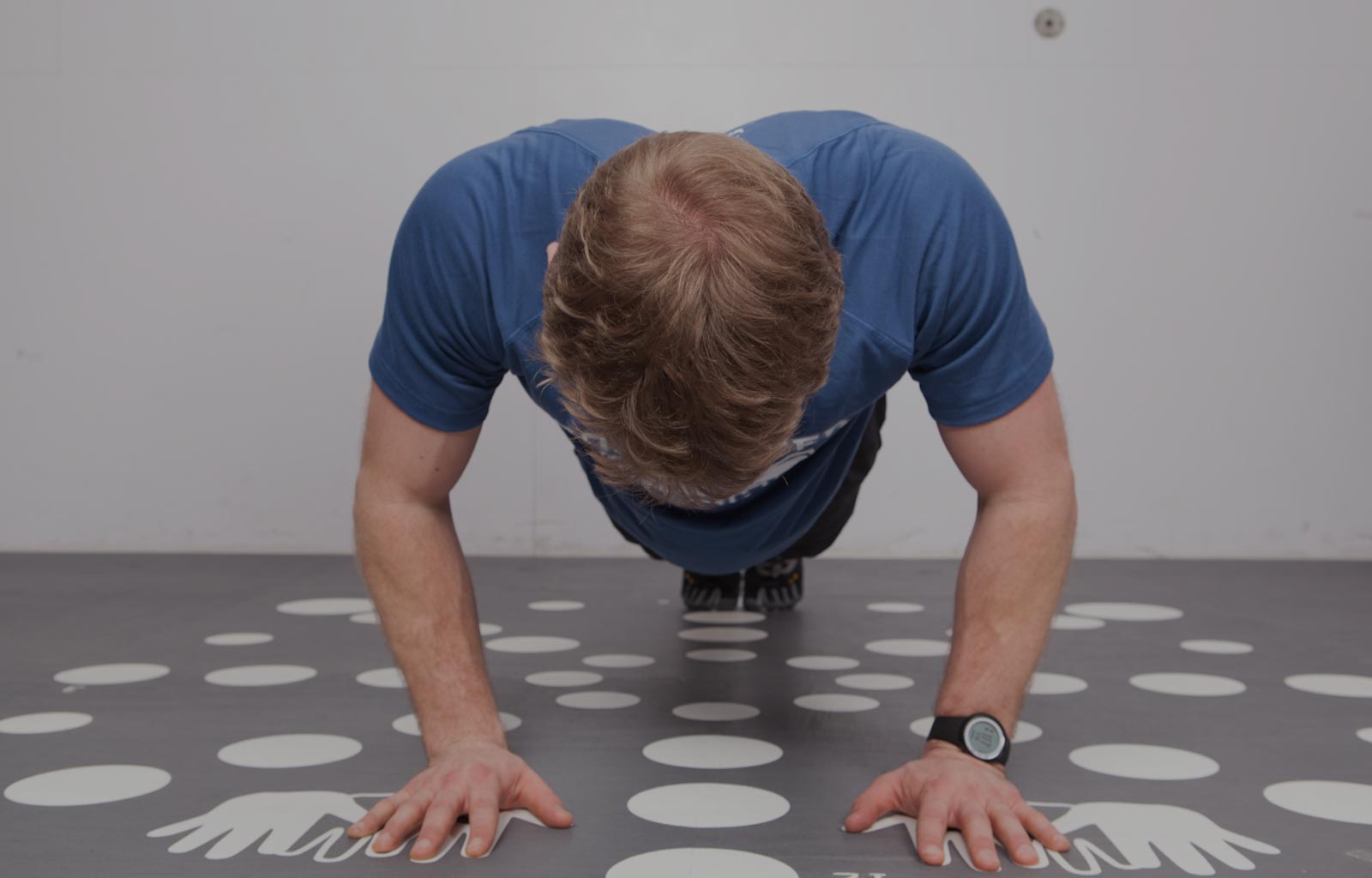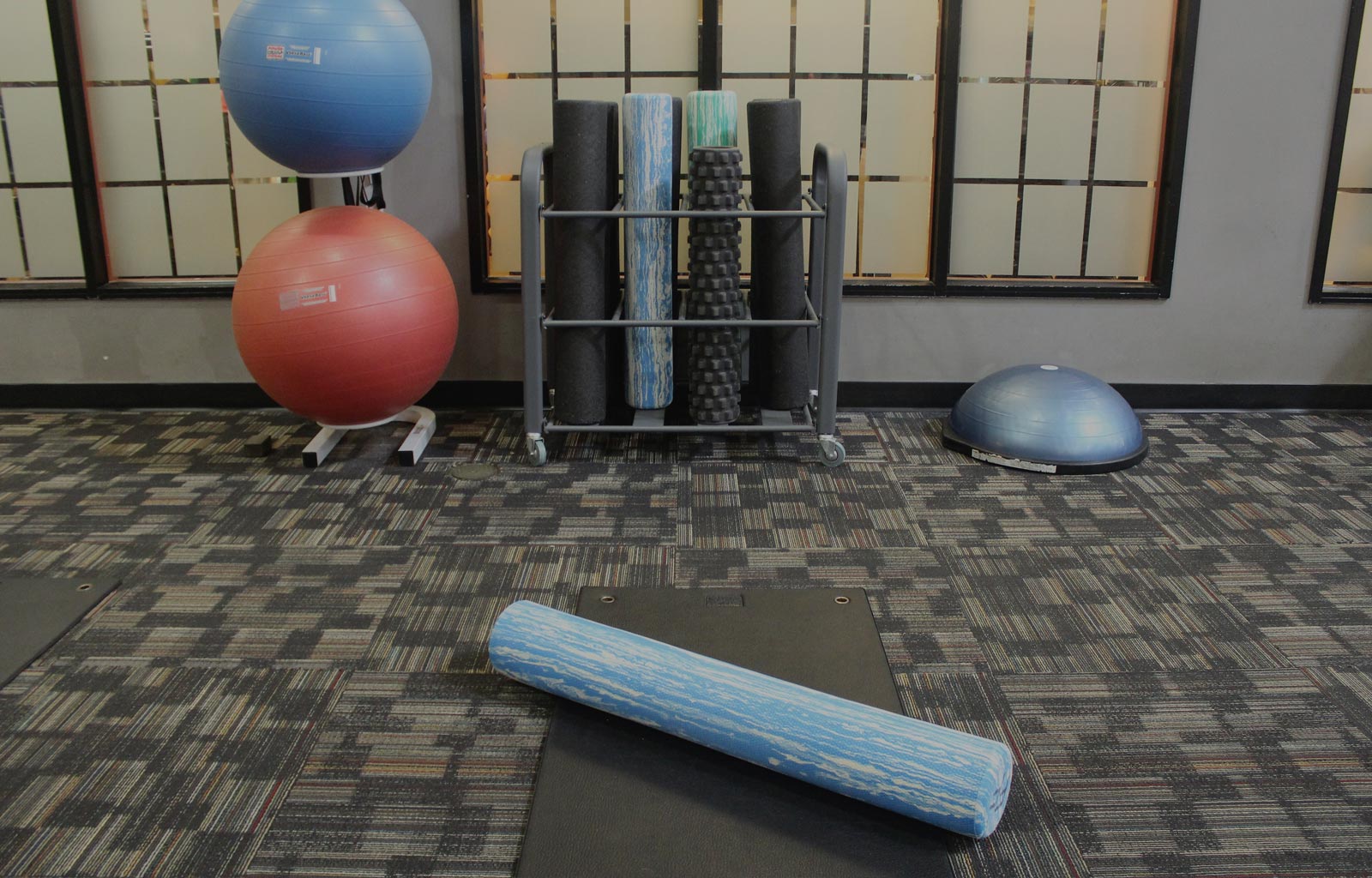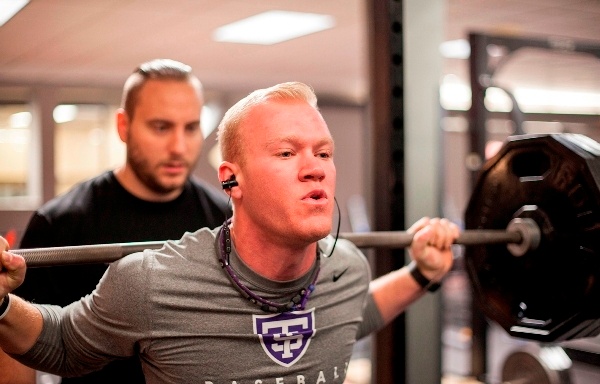I am 31 with two kids, ages 9 and 7, and I rely on my body constantly. Whether I am crouching to empty the dryer, bending over to tie a shoelace, or hauling groceries up the steps, movement is woven into every part of my day. This movement needs to be strong, steady, and fluid. Otherwise, everything just feels harder than it should.
Over the years, I have realized that what keeps me moving well is not just strength or flexibility – it is mobility. And that realization hasn’t just changed how I train myself. It has reshaped how I approach fitness for everyone. Because whether you’re 31 or 71, mobility matters.
What Is Mobility and How Is It Different from Flexibility?
The terms are often used interchangeably, but they are not the same thing.
- Flexibility refers to the length of a muscle or how much it can stretch.
- Mobility is about how well a joint moves through its full range, with control and coordination.
Flexibility helps you reach. Mobility helps you reach and come back safely and smoothly. To put it more practically – flexibility might let you touch your toes, while mobility is what lets you squat down to pick something up and stand back up with confidence.
Why Mobility Deserves a Place in Your Routine
For many older adults, movement begins to feel less predictable. Joints stiffen, muscles tighten, and the risk of losing balance or straining something becomes more real. While stretching can be beneficial, it’s often not enough to keep us moving through life with ease.
Mobility training addresses these changes head-on by helping the body stay functional through better posture, improved coordination, and more efficient movement. It is not about high-intensity exercise or pushing limits. It is about preserving and, in many cases, regaining the freedom to move without hesitation or discomfort.
The Everyday Impact of Mobility
Here’s what consistent mobility work can help support:
- Getting in and out of chairs or cars without using your hands
- Reaching overhead to grab a dish from a cabinet
- Looking over your shoulder when backing up the car
- Stepping onto curbs or uneven ground without losing balance
- Lifting groceries or grandkids safely and with more confidence
These may not sound like “workouts,” but they’re real, essential movements we use every day. Training mobility keeps these actions available to us, so they don’t slowly slip away.
The Science Behind It
When practiced consistently, mobility exercises have been shown to improve strength, coordination, and balance while reducing the risk of falls and functional decline. A 2022 Cochrane Review found that older adults who engaged in targeted mobility drills, such as repeated sit-to-stands, walking practice, and step-ups, experienced measurable improvements in movement control and daily function compared to inactive groups (Treacy et al., 2022). These exercises do more than preserve range of motion. They retrain the body to move with stability, control, and confidence.
Additional evidence from a randomized trial published in the Journal of Aging and Physical Activity showed that proprioceptive mobility training, including dynamic stretching and joint-focused drills, significantly improved hip flexibility, core strength, and postural control in older participants (Martínez-Amat et al., 2015). This type of mobility work supports independence and makes everyday movements easier, including standing up from a chair, reaching overhead, or walking across uneven ground without hesitation.
And the best part? You don’t have to overhaul your entire routine. Small, consistent efforts, just a few minutes a day, can create meaningful improvements in how you feel and function.
How to Get Started: 3 Mobility Movements to Try
These exercises are approachable, effective, and require no equipment. They can be done at home and scaled to your current ability.
1. Seated Knee Lifts
Sit tall in a sturdy chair. Slowly lift one knee toward your chest, hold for a second, then lower with control. Repeat 10 times per leg. This improves hip mobility, which helps with walking and stepping.
2. Wall Shoulder Slides
Stand with your back against a wall and your arms raised in a “goal post” shape. Slide your arms up overhead and back down, keeping contact with the wall. This supports shoulder range of motion and posture.
3. Ankle Circles
While seated, lift one foot off the ground and slowly circle the ankle 10 times in each direction. This helps with ankle mobility, which is key for balance and fall prevention.
The Bottom Line
Mobility isn’t about age. It is about ability. The ability to move through your life with ease, strength, and confidence. Flexibility is part of the picture, yes, but mobility is the real-world application that keeps you doing the things you love – from gardening to walking the dog to simply getting up without effort.
Whether you’re working with a trainer, taking a class, or just looking to move better on your own, consider giving mobility the attention it deserves. It’s not flashy, but it’s incredibly functional, and it adds up in all the best ways.
References
Martínez-Amat, A., Teixeira, L. E. P., Aibar-Almazán, A., Jiménez-García, J. D., Cruz-Díaz, D., & Hita-Contreras, F. (2015). Effects of proprioceptive training program on functional mobility, balance, and strength in older adults. Journal of Aging and Physical Activity, 23(4), 535–540. https://doi.org/10.1123/japa.2013-0143
Treacy, D., Hassett, L., Schurr, K., Fairhall, N. J., Cameron, I. D., & Sherrington, C. (2022). Mobility training for increasing mobility and functioning in older people who are frail. Cochrane Database of Systematic Reviews, 2022(5). https://doi.org/10.1002/14651858.CD010494.pub2




